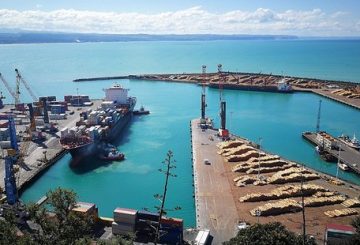경찰청장이 사회투자청 (Social Investment Agency) 의 수장이 되기 위해 떠난다.니콜라 윌리스 (Nicola Willis) 재무부 장관은 사회의 취약한 사람들을 돕는 것을 목표로 하는 이 기구에 큰 관심을 갖고 있습니다.정부는 처음에 이 기구에 자금을 지원했지만, 기금의 방법과 규모는 아직 명확하지 않습니다.
사회투자청 (Social Investment Agency) 은 데이터와 증거를 활용하여 정부 기관이 아닌 지역 단체와 협력하여 도움이 필요한 사람들을 지원할 더 나은 방법을 모색합니다.윌리스는 이러한 접근법이 상식적이라고 생각하며 “예방이 치료보다 낫다”고 말합니다.목표는 취약한 사람들이 나중에 정부 지원에 의존하지 않고 교육 및 건강 지원과 같은 조기 개입을 통해 도움을 받을 수 있도록 돕는 것입니다.
이러한 사회적 투자 아이디어는 빌 잉글리시 전 총리가 처음 추진했습니다.그는 조기 개입이 위험에 처한 어린이들의 치료 결과를 개선하여 향후 정부 비용을 줄일 수 있다는 통계를 중점적으로 다루었습니다.예를 들어, 문제가 있는 가정의 아이들은 학교에서 어려움을 겪거나, 혜택에 의존하거나, 감옥에 갇힐 가능성이 더 높습니다.
윌리스는 사회투자는 단순히 돈을 더 많이 쓰는 것이 아니라 현재의 자금을 더 효과적으로 사용하여 더 나은 성과를 내는 것이라고 강조했습니다.그녀는 새로운 방법을 시험하고 사회 서비스를 개선하기 위한 기금을 조성하는 것을 목표로 하고 있습니다.이 기금은 내년에 적당한 금액으로 시작할 예정이지만 시간이 지남에 따라 증가할 수도 있습니다.
또한 윌리스는 새로운 자문 그룹인 사회투자위원회 (Social Investment Board) 를 설립하여 피드백과 조언을 제공할 계획이지만 정책을 만들지는 않을 계획입니다.이사회는 6~8명의 위원으로 구성되며, 정부 지침에 따라 보수를 지급받게 됩니다.
또한 정부는 책임 있는 데이터 사용의 필요성을 인식하고 있으며, 데이터를 활용하여 도움이 필요한 사람들을 돕는 동시에 대중의 신뢰를 유지하는 것을 목표로 합니다.
앤드루 코스터 (Andrew Coster) 현 경찰청장이 곧 사회투자청 (Social Investment Agency) 을 인수할 예정입니다.그는 이 새로운 역할이 더 큰 문제로 확대되기 직전에 문제를 해결하여 커뮤니티에 긍정적인 영향을 미칠 수 있는 기회라고 생각합니다.과거 일부 정치인들과의 관계가 어려웠지만, 현 정부는 그의 업적을 높이 평가했습니다.
전반적으로 새 기구는 지역사회와 납세자 모두에게 혜택을 주는 집중적인 사회적 투자를 통해 삶을 개선하는 것을 목표로 합니다.


















































(1)-360x245.jpg)










